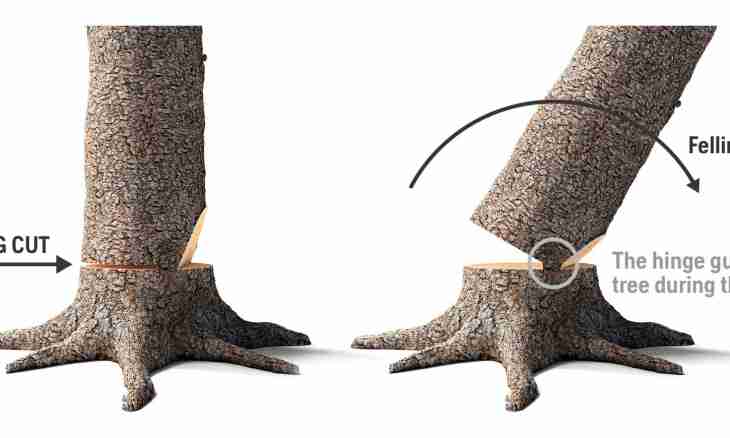The true direction of current is in what charged particles move. It, in turn, depends on the sign of their charge. In addition, technicians use the conditional direction of movement of a charge which is not depending on properties of the conductor.
Instruction
1. For definition of the true direction of movement of charged particles be guided by the following rule. In a source they take off from an electrode which from it is loaded with the opposite sign, and move to an electrode which for this reason gets a charge, according to the sign similar to a charge of particles. In an external chain they escape electric field from an electrode which charge coincides with a charge of particles, and are attracted to opposite loaded.
2. In metal carriers of current are the free electrons moving between knots of a crystal lattice. As these particles are loaded negatively, in a source consider them moving from a positive electrode to negative, and in an external chain - from negative to positive.
3. In nonmetallic conductors a charge also electrons, but the mechanism of their movement transfer other. An electron, leaving atom and by that turning it into a positive ion, forces it to take an electron from the previous atom. The same electron which left atom ionizes negatively following. Process repeats continuously while in a chain the current flows. In this case consider the direction of the movement of charged particles the same, as in the previous case.
4. Semiconductors happen two types: with electronic and hole conductivity. In the first carriers of charges are electrons and therefore the direction of the movement of particles in them can be considered same, as in metals and nonmetallic conductors. In the second the charge is transferred by virtual particles - holes. Simply it is possible to tell that it is some kind of blank spaces in which electrons are absent. Due to serial shift of electrons of a hole move in an opposite direction. If to combine two semiconductors, one of which possesses electronic, and another - hole conductivity, such device called the diode will have vypryamitelny properties.
5. In a vacuum the charge is transferred by the electrons moving from a heated electrode (cathode) to cold (anode). Consider that when the diode straightens, the cathode is negative concerning the anode, but rather general wire to which a conclusion of a secondary winding of the transformer opposite to the anode is attached, the cathode is charged positively. There is no contradiction here if to consider existence of voltage drop on any diode (both vacuum, and semiconductor).
6. In gases the charge is transferred by positive ions. In them consider a direction of movement of charges opposite to the direction of their movement in metals, nonmetallic firm conductors, a vacuum and also semiconductors with electronic conductivity, and similar to the direction of their movement in semiconductors with hole conductivity. Jonah it is much heavier than electrons why gas-discharge devices have high lag effect. Ionic devices with symmetric electrodes have no unilateral conductivity, and with asymmetrical - have it in the certain range of potential differences.
7. In liquids the charge is always transferred by heavy ions. Depending on composition of electrolyte, they can be both negative, and positive. In the first case consider them behaving similar to electrons, and in the second - to similarly positive ions in gases or to holes in semiconductors.
8. At the indication of the direction of current in the electric circuit irrespective of where charged particles actually move, consider them moving in a source from a negative pole to positive, and in an external chain - from positive to negative. The specified direction is considered conditional, and it is accepted before opening of the structure of atom.

